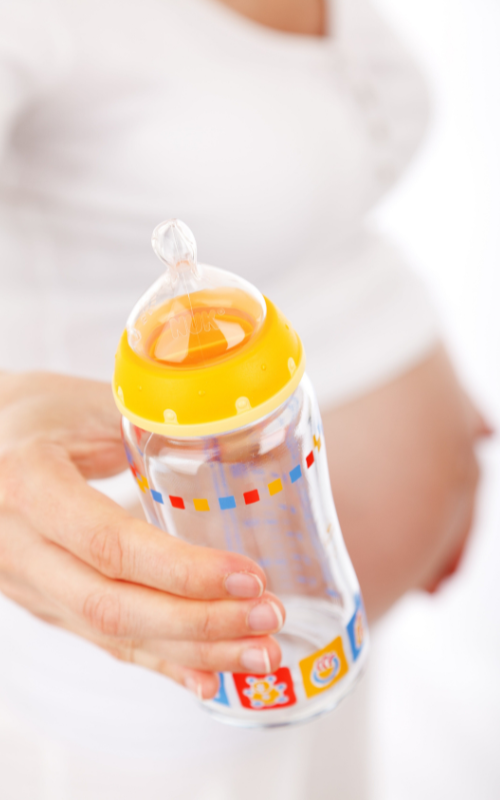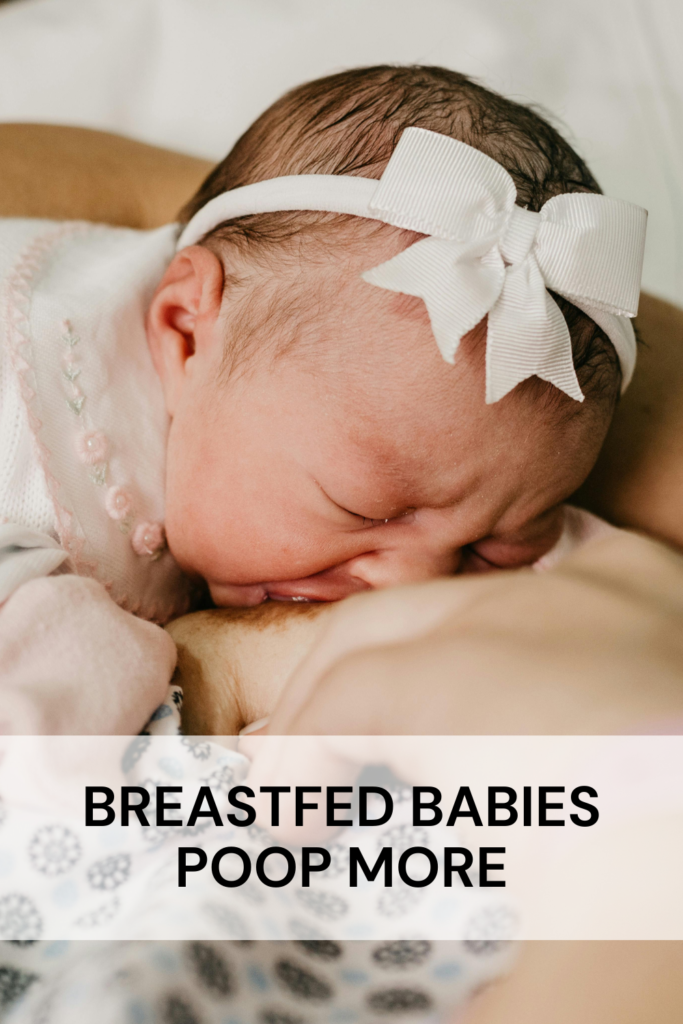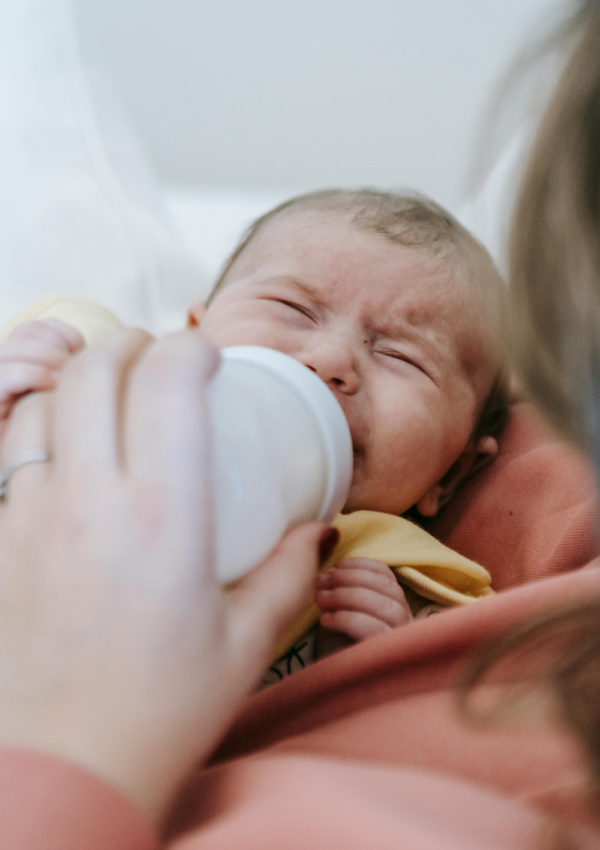Breastfed babies poop more than formula fed babies. This post will explain why.
DISCLOSURE This post may contain affiliate links, meaning if you decide to make a purchase via my links, I will earn a commission at no extra cost to you. As an Amazon Associate I earn from qualifying purchases. Thank you for your support.
Disclaimer: The information provided in this blog post is for educational purposes only and should not be used as a substitute for professional medical advice, diagnosis, or treatment. Always seek the guidance of your pediatrician or qualified healthcare provider with any questions you may have regarding your child’s health. If you think your child may have a medical emergency, call your doctor or emergency services immediately. Read our full Medical Disclaimer here.
When you have eight diaper changes and need to clean up a lot of dirty clothes each day as a new parent, you may feel tired and wonder if the baby is pooping too much.
You might also like to read our post about Should We Be Giving Baby Cold Formula?
Based on nutritional sources, growth charts do not mention how often newborns fill their diapers. Infants fed formula have a very different digestion than those fed breast milk. Knowing the science behind poop relieves parenting anxiety and helps with laundry!
Why Do Breastfed Babies Poop More?
1. A Liquid Diet Impacts Stool Volume
Formula and breast milk have radically different component profiles. Complex chemicals, including prebiotics, are tried to be replicated by the Formula in over 200 known instances, but it falls short of matching the nutritional complexity found in breast milk. Good bacteria in the gut are “fed” properly by rich prebiotics, promoting digestion. However, there is a significant difference in the liquid to solid ratio beyond composition.
A mostly liquid milk diet (whether nursing or bottle-fed) increases stool volume production more than solid food diets because fluids quickly hydrate as they pass through. Breastfed babies consume considerably more milk per ounce than formula-fed babies. This causes breastfed babies to have a different level of satisfaction. Therefore, elimination processes are influenced by mostly liquid nourishment.

2. Breastfed Babies Poop More: Stool Texture Varies Too
Significant quality differences exist between breastfed and formula-fed infants, going beyond simple variations in quantity. The stool texture, which relates directly to variations in nutritional makeup, is one of the quality differences. A breastfed baby’s poop typically looks loose or seedy, indicating effective digestion and absorption are occurring. Stools seem almost strain-free.
Conversely, because formula contains a substantial diet, infants fed this type of food typically pass stools that are firmer and more formed. Compare processed carbohydrates with entire grains. Breast milk has easily digestible and bioavailable properties that are specifically customized for newborns, unlike formulas. Formula tries to put a whole nutrient profile, including additional iron, into one product. Formula lacks the easily digestible bioavailable qualities uniquely tailored within breast milk.

3. Breastfed Babies Poop More: Gut Microbiome Mediates Health Signals
The microbiota, a delicate community of organisms that lines intestinal walls and signals proper absorption, is crucial for all digestive processes. Infants are virtually sterile at birth. The bacteria that colonize and customize their developing digestive tracts depend on how they are fed.
Prebiotics in breast milk support the microbial balance and optimize the release of nutrients in forms easily absorbed. Formulas fed to infants contain a greater variety of bacteria with more potent strains that release toxins, which have been linked to digestive disorders such as reflux, colic, constipation, and diarrhea, causing distress for both the baby and the parents.

Conclusion
This post was all about why breastfed babies poop more. Babies’ stool patterns provide valuable insights into your overall wellness, going beyond simple elimination expectations and heavily influenced by the types of food they consume. People’s gut flora and composition significantly affect the early-months poop. If questions come up, you should talk to your pediatrician about your child’s particular needs. Later on, as patterns more frequently solidify, you can relax. For now, just exhale and change that diaper!







Leave a Reply